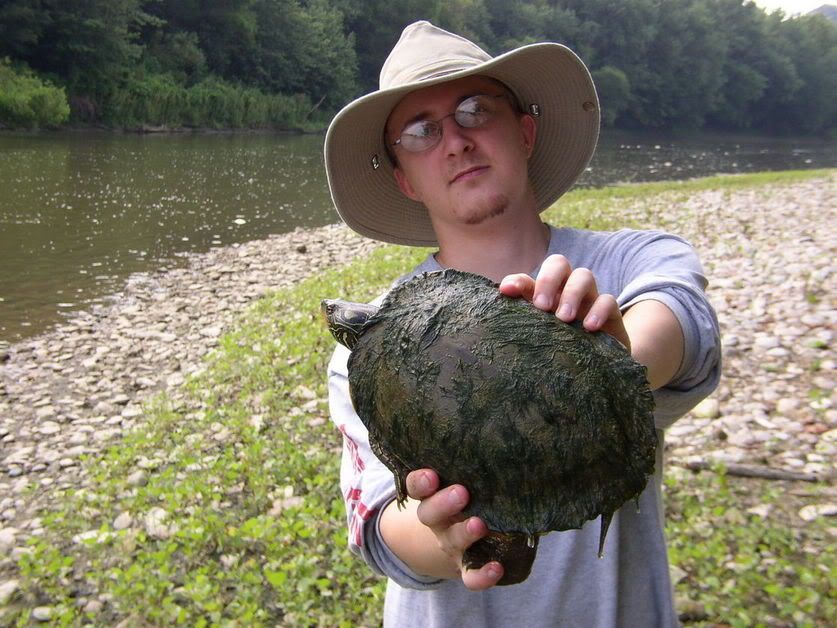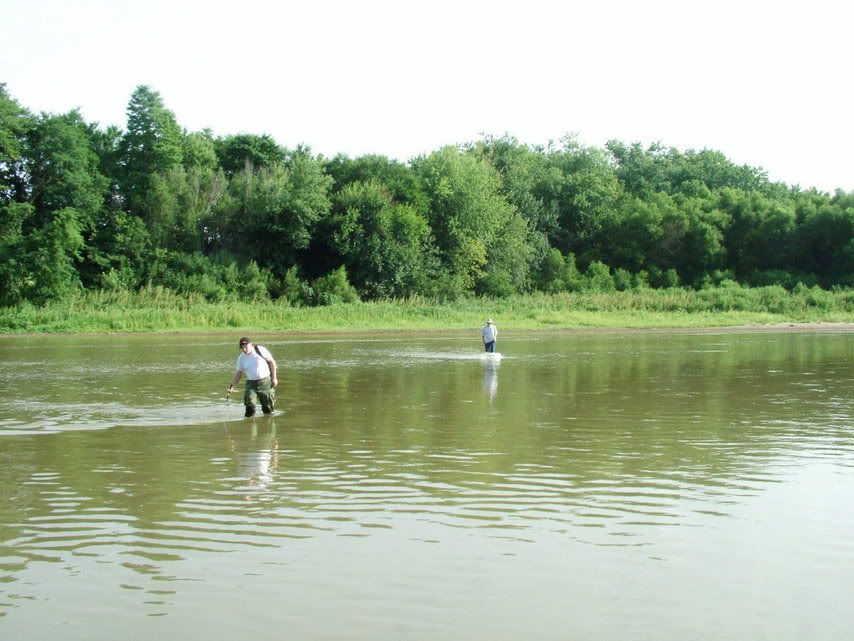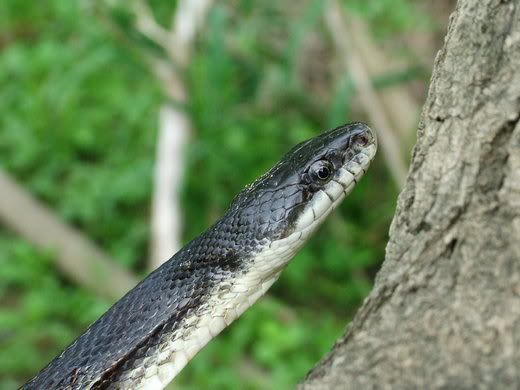Project #4: Herpetological Survey -Survey of Armleder Park / Elstun Moats

During the spring and summer of 2005, GCHS members participated in a herpetological survey of two new Hamilton County park district properties: Otto Armleder Park, and Elstun Moats. GCHS member Paul Krusling has worked with the county park district for many years. Paul invited other GCHS members to participate in this survey, and the result was an experience that was not only beneficial to the park district and it?s native herps, but also educational and fun for our members. A group of about 8-10 of us were more-or-less ?regulars? throughout the course of the spring and summer.
Why Survey?
Surveys are an excellent first step toward species conservation. The objective of a survey is to identify all species that occupy the region and make note of critical habitats. Results of surveys assist land owners in making development decisions that will maximize the chances of continued success for the native species.
When conducting surveys, it is our hope that a great variety of herpetofauna is discovered. Using the data from the survey, we are able to share information that will be useful in conservation of the species, as well as in assisting to create public education programs that will generate interest in the biodiversity of the area and help to eliminate any misunderstanding or fear of these animals.
Otto Armleder and Elstun Moats Survey
End results, conclusions, and recommendations:
In all, 22 species of reptiles and amphibians were documented in these regions. All species were documented using photographs and GPS coordinates. No animals were removed from the site.
During the course of this survey, it was discovered that the park district had made plans to develop a canoe rental dock at the site of a very important breeding area for turtles. Our recommendation to re-locate this site may well be critical toward the preservation of this species in the Little Miami River.
Additionally, we recommended the preservation of the small, fishless standing bodies of water as important breeding sites for amphibians. All too often, land owners eliminate these small ponds as ?stagnant mud puddles? during summer months. Such actions may extirpate some species of frogs and salamanders.
Other recommendations included watching and montoring the box turtle population closely. We only found 3 box turtles, and care should be taken to be sure that the remaining turtles are protected from collection, road mortality, or mortality from pets.
Our final recommendation included periodic public educational outreach programs. Many members of the general public are either afraid of or have misconceptions about reptiles and amphibians. Outreach programs designed to teach park visitors about the native reptiles and amphibians may serve to give people a sense of caring for the environment and its native wildlife. It?s reasonable to assume that people will come into contact with snakes and other reptiles and amphibians while walking, canoeing or driving on park roads. An understanding of these animals (and the fact that all are harmless), may serve to prevent wanton killings and road mortalities. Posting photographs and descriptions of the reptiles and amphibians found in the park in a central location such as a bulletin board may be an effective tool in public education as well serve to generate interest in the biodiversity of the park.
The following are photographs of our members and the animals and habitats that were discovered during this survey:




















